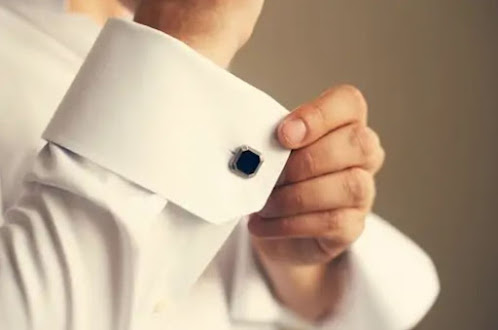A Short History of Dry Cleaning
In these days of instant service and advanced technology, you may be taking the process of dry cleaning for granted. Many professionals cannot do their work without using garments that require it. But have you ever wondered how dry cleaning itself came to be?
It was a Frenchman named Jean Baptiste Jolly who got the credit for starting the first modern dry cleaning business back in the middle of the 19th century. He came across the process by accident when his maid spilled kerosene on his tablecloth. Jolly noted that the tablecloth actually looked much cleaner after the kerosene spill and decided to expand his dye-works business to include a new cleaning service which he dubbed "dry cleaning."
After Jolly, other businesses cropped up which relied on kerosene and gasoline as the cleaning solvents. However, these two ingredients were found to be quite flammable so another dry cleaner named William Joseph Stoddard came up with a less flammable solution called the Stoddard solvent. Still, there were quite a few accidents due to the use of flammable solvents.
At the end of World War I, other dry cleaners switched to chlorinated solvents which were better at cleaning than petroleum solvents plus less flammable as well. Eventually, the solvent perchloroethylene was adopted - and is now better known by its nickname "perc."
The advantage of using perc is that it cleans clothes well, does not harm most fabrics, is stable, and is not flammable. But it was discovered to be a carcinogen so many people became afraid of using perc, even when the Consumer Product Safety Commission withdrew this classification of perc. Nowadays, dry cleaning professionals are trying to use other substances for dry cleaning with an eye towards replacement of perc as a dry cleaning solvent.
In the early days, the process was conducted within "factories" - meaning shops would accept garments from customers, and the garments were sent to the centralized factory for the actual process. When the garments were ready, they were sent back to the dry cleaning shop so the customers could claim them. This centralized system was necessary because of the flammable nature of the cleaning solvents.
Two machines used to be used within these factories. One machine was used to clean the garments while the other dried the clothes. A company in Britain that made dry cleaning equipment revolutionized the industry when they introduced in-shop machines called Spencer machines. These machines could both clean garments and dry them so a shop could house a Spencer machine rather than have the clothes sent to a factory.
Spencer machines became quite popular, so that three models were created for in-shop use. These were the Spencer Minor, the Spencer Junior, and the Spencer Major. These were in vogue until the 1980s when the Spencer company closed down. Still, some Spencer machines are still employed for dry cleaning in some places.
What if you just can't find the best dry cleaners?
I know how hard it can be to try find one that will take good care of your favorite dress or suit, but if you want to really track down the best possible places you'll need to learn how to find them the easy way.
It's simple to and it doesn't take more than a few minutes of your time. You can learn how to do it on my free site about dry cleaning services.
Don't give up hope, it's NOT impossible to find good dry cleaners! Learn about our free service by clicking the above links.




Comments
Post a Comment